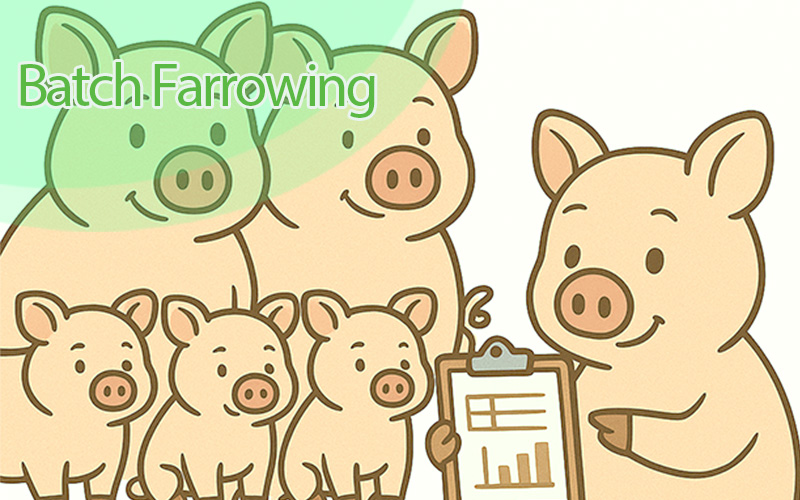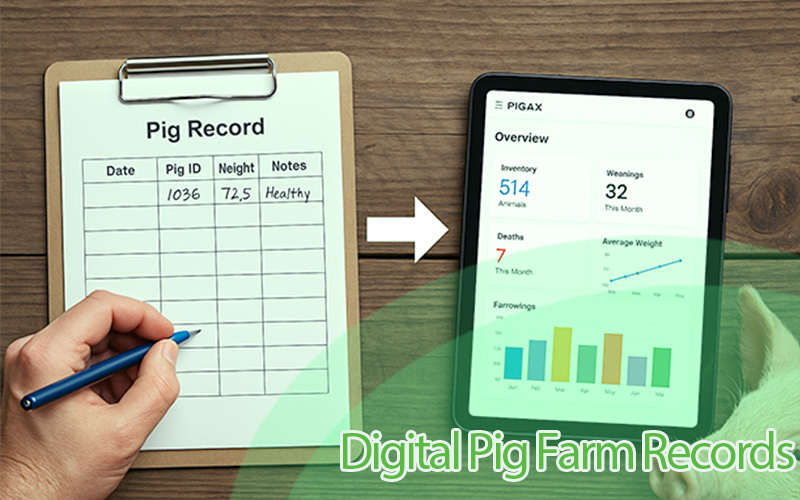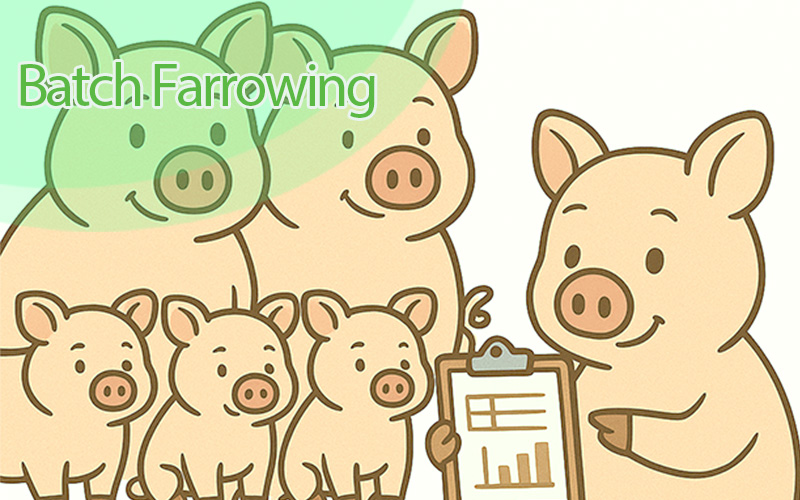Importance of tracking the weight of farms pigs
Since weight gain, growth and development are pivot success factors in pig farming, it is only logical to know the weight of pigs at intervals. Only goal-oriented pig farms inculcate this practice in their operation and improve the practice to achieve even better results. Determining the weight of farm pigs cannot be done with the common eye, especially when looking for actual figures for measuring results. The best and only means is obtaining a weighing scale that suits the pigs on the farm. Farmers must ensure the best operational tool for weighing pigs and getting actual records.
There are several ways that farmers can weigh their pigs. One common method is to use a scale specifically designed for weighing animals. These scales are typically large enough to accommodate a pig and have a platform on which the animal can stand. Farmers can also use a scale that is designed for weighing humans or other objects, as long as it is large enough to support the weight of the pig.
Another method that farmers can use to weigh pigs is to use a weigh band. A weigh band is a flexible band that is placed around the pig's girth and secured in place with a buckle or clip. The band is calibrated to measure the weight of the pig based on the amount of stretch in the band. Weighbands are convenient to use because they do not require the pig to be lifted or moved, but they are not as accurate as a scale.
Regardless of the method used, it is important for farmers to weigh their pigs regularly to ensure that they are receiving the proper care and nutrition. Some farmers may choose to weigh their pigs weekly, while others may do so monthly or even less frequently. The frequency of weighing will depend on the size and age of the pigs, as well as the specific needs and goals of the farm.
In addition to weighing pigs, farmers should also monitor their pigs for other signs of health and well-being. This may include checking for signs of injury or illness, such as cuts, scrapes, or respiratory issues, as well as monitoring their behavior and appetite. By paying close attention to their pigs and taking steps to address any issues that arise, farmers can help ensure the health and happiness of their animals.
There are several data that farmers can deduce from the weight of pigs at given intervals. These data can be used to make better decisions that enhance farming operations and increase productivity. Some of these include
Feed Conversion Rate (FCR)
This tells the farmer the rate at which a pig can convert the feed it consumes into weight gain. This is ascertained by dividing the kg of feed eaten daily, by the kg of live weight gained daily. For example, if a pig ate 2kg of feed daily and put on 1kg in weight, it's FCR = 2. Farmers can then take strategic measures to increase the pig's efficiency in converting feed.
To monitor growth and development
Pigs must reach a certain weight before they are weaned, they should also reach a certain weight before going to the market for sale or slaughter. Pigs' diet is also changed based on their weight. By weighing pigs regularly, farmers can track their growth and development and know the next step to take in the operation. They need to reach a certain weight before they can be weaned from their mothers.
To identify health issues
If a pig's weight is not increasing as expected, it could be a sign of a health issue. For example, pigs that are not gaining weight may have worms or other parasites or suffer from a deficiency in their diet. By weighing pigs regularly, farmers can identify potential health issues early on and take steps to address them.
To optimize feed efficiency
By regularly weighing pigs, farmers can ensure that they provide the right amount of feed to their animals. Overfeeding can lead to waste and increased costs, while underfeeding can result in slower growth and reduced profits. By weighing pigs and adjusting their feed accordingly, farmers can optimize feed efficiency and maximize profits.
To improve breeding decisions
Weighing pigs can also be useful for breeding decisions. For example, farmers may use the weight of their animals to determine which males and females to breed, as heavier pigs may be more desirable for breeding purposes. This will also help choose the best breeds to buy and keep and breeding stocks on the farm.
In conclusion, weighing pigs is an essential aspect of pig farming and management. Whether you are a beginner pig farmer or an old timer, make sure to have a scale or a tool for measuring pigs' weight and also feed consumed. This is how you can monitor the performance of the pigs on your farm and make better decisions to optimize feed efficiency and make informed breeding decisions.




